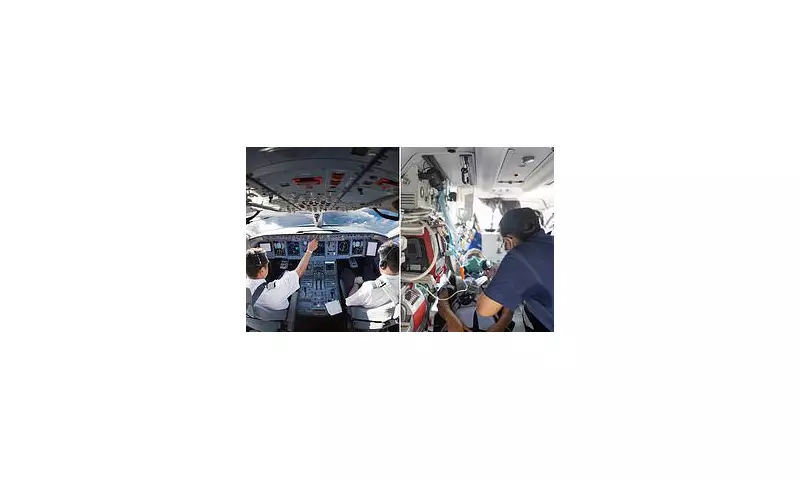
The thought is the stuff of every nervous flyer's nightmares: a pilot falling seriously ill or worse, mid-flight. But far from the chaotic scenes depicted in Hollywood films, the reality is a series of calm, highly-rehearsed, and technologically-backed procedures designed to get everyone on the ground safely.
The First Critical Moments: Containing the Crisis
The immediate response to a pilot medical emergency is one of stark protocol. The remaining pilot's first action is to secure the flight deck, often calling a senior cabin crew member for assistance. This crew member may be asked to help move the incapacitated pilot from their seat, a challenging task in the confined space.
Their next step is absolutely crucial: declare a 'Pan-Pan' or the more urgent 'Mayday' call to air traffic control, signalling a medical emergency and requesting priority handling and medical services on the ground.
You Are Not Alone: The Power of the 'Third Pilot'
For the travelling public, one of the most reassuring aspects of modern aviation is that there is almost always a 'third pilot' on board—the aircraft's sophisticated autopilot system.
"The automation in modern airliners is incredible," explains a veteran British Airways training captain. "It can literally fly the plane from just after take-off to the final approach. The pilot's primary role becomes monitoring the systems and programming the computers."
This means the sole remaining pilot is rarely 'hand-flying' the jet. Instead, they manage the automation, communicate with controllers, and prepare for arrival.
The Human Safety Net: Deadheading Crew & Medical Help
Airlines have further layers of contingency. It is common for off-duty pilots and cabin crew, known as 'deadheading', to be on the flight. They can immediately assist, with the pilot entering the cockpit to support their colleague.
Furthermore, the 'doctor on board' announcement is not just for passengers. In the event of a pilot taken ill, a medically trained passenger could be asked to provide initial assistance to the stricken aviator while the other pilot flies the plane.
Training for the Unthinkable: From Simulators to Reality
Every commercial pilot undergoes rigorous simulator training every six months, a core part of which involves managing incapacitation scenarios. They repeatedly practice the drill of securing the cockpit, declaring the emergency, and managing the descent and landing solo.
This meticulous preparation ensures that if the unimaginable happens, muscle memory and procedure take over, pushing panic aside to prioritise the safety of everyone on board.





